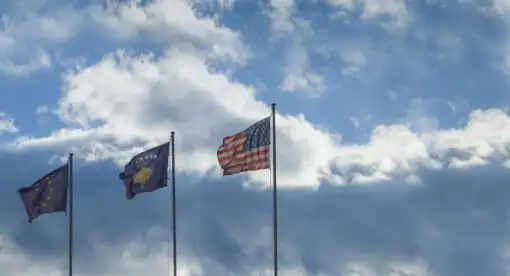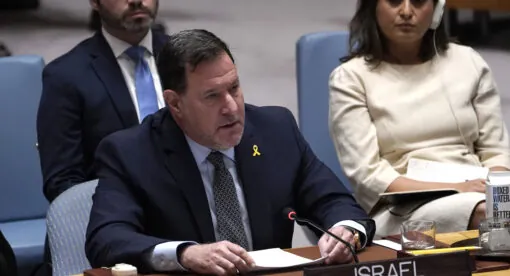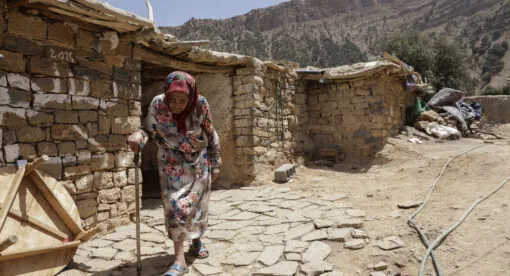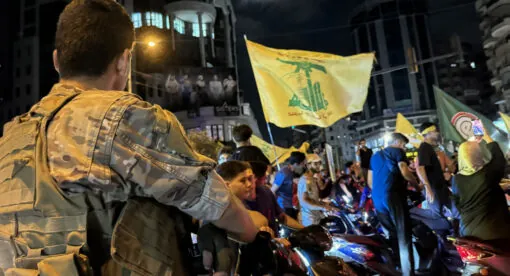Read the Dossier here
The global youth demographic, defined as individuals ages 18-29, is the largest ever recorded in human history, and it continues to grow. This trend is most profound in Global South countries, and it is projected that by 2050, one in four people on earth will be African. At the same time, the world is experiencing the highest levels of armed conflict since the end of World War II, with roughly one quarter of the population living in an area affected by conflict, according to the United Nations, A majority of those affected live in the Global South, where the population skews young.
Those in power – typically governments, but also prominent leaders in other domains – have typically viewed the youth population as a problem to be solved rather than an asset. The Youth, Peace, and Security agenda, comprising three U.N. Security Council Resolutions adopted between 2015 and 2020, began to shift this paradigm by asking the disruptive question, “Why are most young people peaceful?” The agenda outlined five pillars for meaningful youth participation in peace building activities and addressed challenges and opportunities across the peace spectrum. The agenda, and the young people whose advocacy brought it to life, engages critically with neocolonialism, gender, health and education disparities, and other issues that affect a young person’s ability to engage constructively with their society. It promotes the development of intergenerational partnerships that are equitable and mutually beneficial. It examines power on every level and calls for the meaningful participation of youth in a wide array of discussions related to peace and security, with the understanding that youth will not only inherit the planet in the future – they can co-design it today.
Despite the significant progress that this unanimously adopted agenda represents, youths continue to be marginalized in peace and security processes, and their representation is often tokenistic. Youths are still viewed as a risk to be managed more than an asset to be developed, and youth peace-building organizations continue to operate on astonishingly small budgets, with volunteer staff, whose time is spent competing for finite resources and adjusting their projects to fit the parameters of short-term, inflexible funding sources. This model is unsustainable. As conflict persists, and as a wave of nationalism sweeps the globe, young people hold the key to the future. International organizations, governments, nongovernmental organizations, and other stakeholders must embrace a youth-informed, youth-inclusive approach to the design and implementation of their policies and programs to interrupt the conflict cycle and empower collaboration.
The views expressed in this article are those of the author and not an official policy or position of New Lines Institute.






